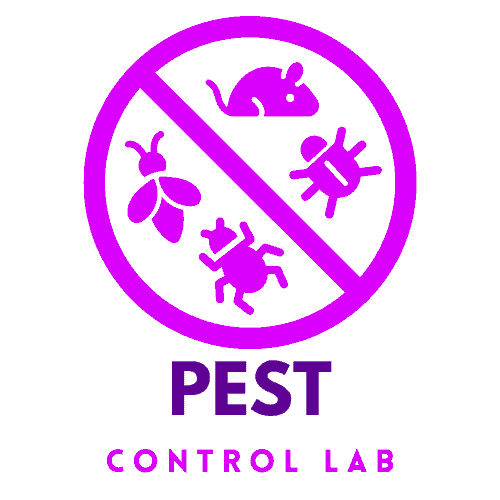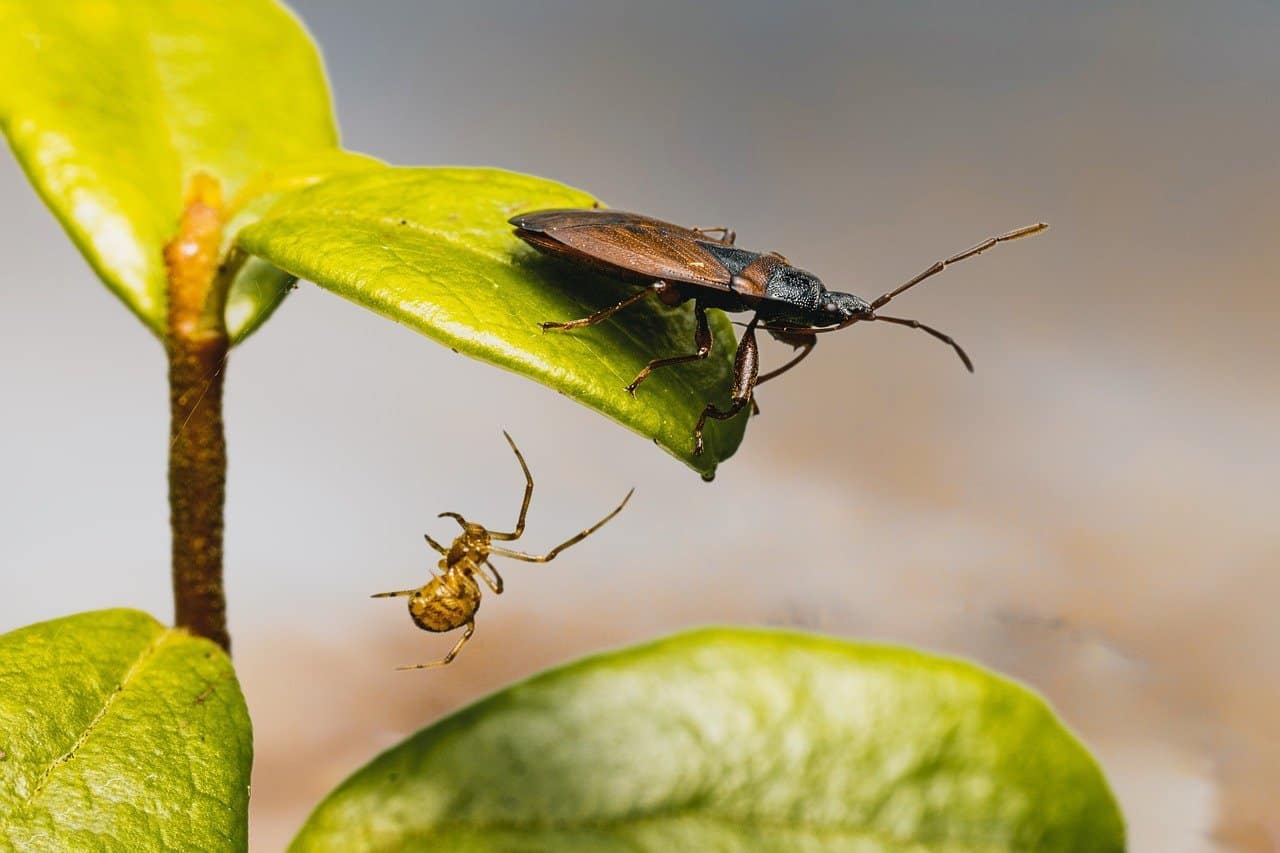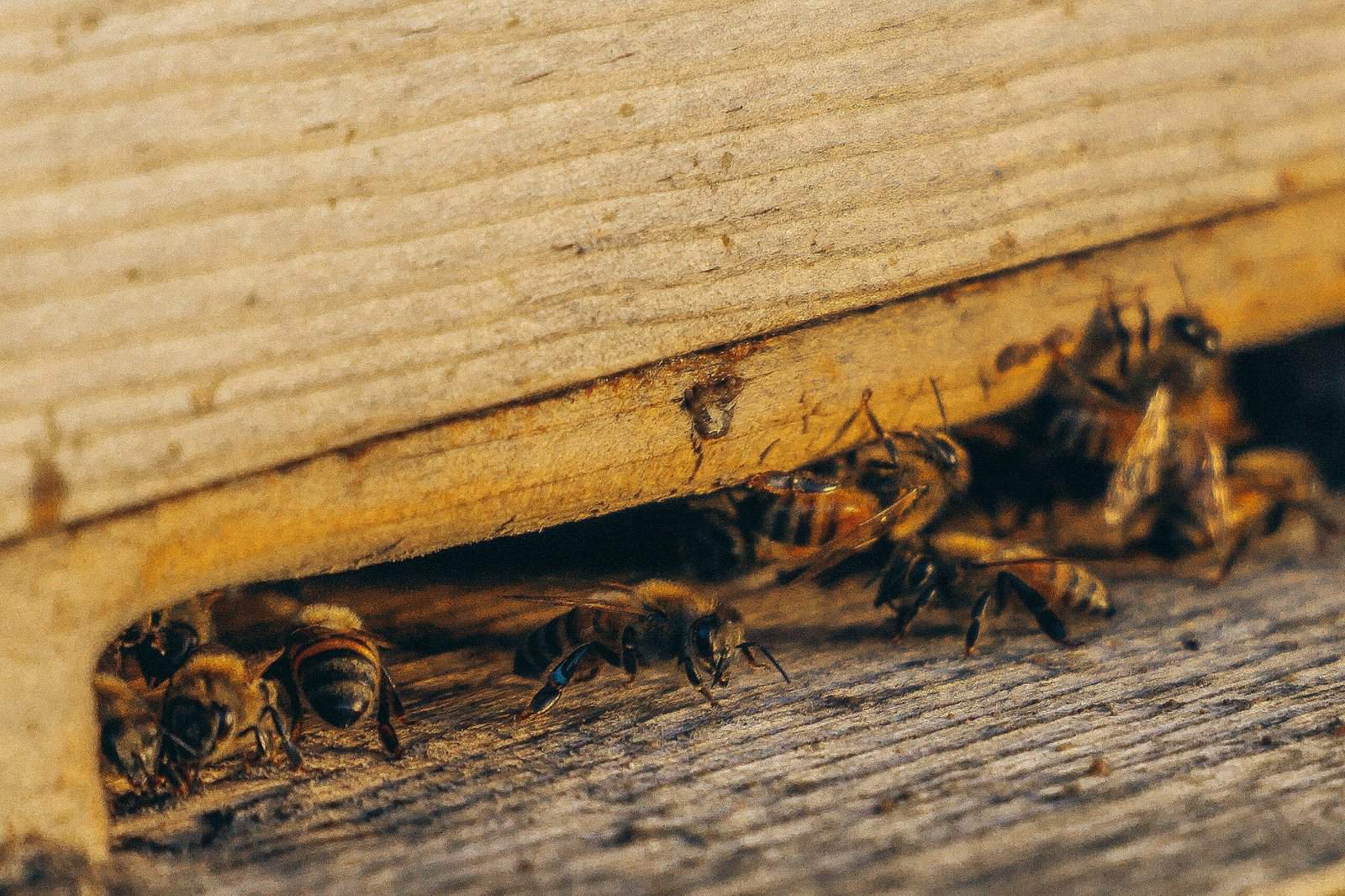Introduction: The Unseen War Against Pests
Imagine your home as a fortress. It’s your sanctuary, a place of comfort and safety. But beneath the tranquility, a covert war rages against unseen invaders – pests. These intruders, ranging from the minuscule ant to the cunning mouse, aren’t just nuisances. They’re carriers of disease, destroyers of property, and disruptors of our peace of mind.
Consider the case of the Smith family, who recently discovered an ant infestation in their kitchen. What started as a few stray ants soon became a relentless march, threatening the hygiene of their home. This scenario is all too common, underscoring the importance of understanding pest behavior for the Smiths and all of us.
Pest control isn’t just about reacting; it’s about proactive strategy. The frequency and methods of control depend on several factors: the type of pests, the environment of your home, and even the changing seasons. This guide delves deep into these aspects, offering a comprehensive approach to maintaining a pest-free home. As we explore, remember that every home is a unique ecosystem, and mastering pest control is about balancing safety, health, and harmony within this space.

Decoding Pest Behavior – The Key to Effective Control
Every pest has its story, a life cycle, and habits that can be studied and countered. Take, for instance, the common cockroach. These hardy insects can survive in almost any environment but thrive in warm, humid conditions. Understanding this, you can make your home less hospitable by controlling humidity levels. Similarly, consider the mosquito. These pests are most active in warmer months, especially near-standing water. By eliminating these water sources, you can significantly reduce their presence.
The Environmental Factors That Attract Pests
Your home’s environment is a magnet for pests, with factors like moisture, light, and warmth playing crucial roles. Homes with high humidity are a paradise for silverfish and mold mites, while uncovered food can attract rodents and cockroaches. But it’s not just about the indoors. Outdoor factors such as landscaping, standing water, and lighting can influence pest activity. Understanding and adjusting these factors can turn your home into a fortress against pests.
Crafting Your Home’s Defense – Prevention and Maintenance
Integral Home Maintenance for Pest Prevention
The first line of defense in pest control is maintaining your home. It’s like setting up the walls and moat of your fortress. Start with the basics: seal up cracks and openings where pests can enter. This means checking for gaps around doors, windows, and utility lines. Fixing leaks is another crucial step, as many pests are drawn to moisture. Regular cleaning is also essential, especially in areas prone to crumbs and food residues. A well-maintained home isn’t just about repairs; it’s about vigilance. Regularly inspect your home for signs of pests, such as droppings, damage, or unusual sounds. This proactive approach can help you catch infestations early, making them easier to manage.
Landscaping as a Pest Control Strategy
Your garden or yard is more than just an aesthetic feature; it’s a crucial battleground in pest control. Thoughtful landscaping can significantly deter pests. Begin by keeping your lawn and bushes well-trimmed. Overgrown vegetation can provide shelter and breeding grounds for pests. Additionally, be mindful of plant selection. Certain plants, like lavender and marigolds, are natural pest repellents and can be a beautiful yet functional addition to your garden.
Managing standing water is also vital. Mosquitoes breed in stagnant water, so ensuring your property is free from puddles or unattended water features is crucial. Simple actions like cleaning gutters regularly and ensuring proper drainage can make a big difference.
The Telltale Signs of Infestation – Early Detection and Action
Identifying Early Signs of Common Pests
The key to managing pests effectively is early detection. For example, termites, often called ‘silent destroyers,’ can cause significant damage before they’re even noticed. Look out for telltale signs like hollow-sounding wood, mud tubes on exterior walls, or a swarm of winged insects around your property. Similarly, rodents leave a trail of droppings, gnaw marks, and even oily rub marks along walls and baseboards.
Another familiar intruder is the ant. An ant trail, no matter how small, should not be ignored. It’s a sign of a potential colony nearby. Similarly, spotting a single cockroach often hints at a more significant hidden problem, as these pests are nocturnal and adept at staying out of sight.
Unseen Dangers: Detecting Hidden Pests
Some pests are experts at remaining hidden. Bed bugs, for example, are elusive creatures. They hide in mattress seams, furniture crevices, and even behind wallpapers. Their presence is often noticed only through itchy, red bites or tiny blood spots on bedding. Carpet beetles, another common yet overlooked pest, can cause extensive damage to fabrics and carpets. Look out for their larvae, which resemble tiny, fuzzy caterpillars.
The Professional Edge – Expertise in Action
The Role of Professional Pest Controllers
Professional pest controllers bring expertise that goes beyond the capabilities of most homeowners. They’re not just exterminators; they’re skilled in identifying the root cause of an infestation and implementing long-term solutions. For instance, a professional might identify a moisture problem attracting pests and suggest pest control and a home repair plan.
Customized Solutions for Every Home
A professional pest controller understands that each home is unique. When devising a customized plan, they consider various factors, such as the home’s layout, location, pest issues, and the homeowner’s preferences. For example, a house near a wooded area might require a different strategy than one in an urban setting.
Timing is Everything – Determining the Right Frequency
Standard Pest Control Schedules
The frequency of pest control is not one-size-fits-all; it varies based on the type of pests, climate, and other environmental factors. Generally, a quarterly pest control schedule suffices for most homes. This routine is often enough to disrupt the breeding cycles of standard pests like ants, spiders, and cockroaches. However, more frequent interventions might be necessary in areas with high pest activity.
Addressing Severe Infestations and Persistent Problems
In cases of severe infestations, such as a significant rodent or termite problem, a more robust and frequent pest control plan is required. Here, professionals might recommend monthly treatments until the situation is under control, followed by a maintenance schedule. It’s crucial to follow these recommendations closely to ensure complete eradication.
Adapting to Changes in Your Home and Environment
Your pest control needs can change over time. Factors like new construction in your area, landscaping changes, or even alterations to your home can impact pest activity. For instance, if you’ve added a water feature in your garden, you may need to adjust your pest control strategy to address the increased risk of mosquitoes.
Beyond Professional Help – DIY Pest Control Strategies
When and How to Use DIY Pest Control
DIY pest control can be effective for minor issues or as a preventive strategy. For instance, natural remedies like vinegar can deter ants, while peppermint oil is known to repel spiders. However, it’s essential to use these methods correctly and safely. Always research or consult an expert before trying a new DIY method.
Limitations and Risks of DIY Methods
While DIY methods can be helpful, they have limitations. More severe infestations, like termites or a large rodent population, require professional intervention. Additionally, DIY methods can sometimes be a temporary fix, failing to address the root cause of the problem. There’s also the risk of incorrectly using pest control products, which can be hazardous to your health and the environment.
Advanced Pest Control Techniques – The Future of Pest Management
Technological Innovations in Pest Control
The future of pest control is here, with technological innovations making pest management more effective and environmentally friendly. Clever traps, for instance, can capture pests and send alerts to your smartphone. There are also eco-friendly pesticides that are less harmful to non-target organisms and the environment.
Integrating Technology into Home Pest Control
Homeowners can now integrate these technological advancements into their pest control strategies. For example, they were ultrasonic repellents for rodents, or motion-activated sprinklers can be used to deter larger pests like deer or stray animals. These solutions offer a more proactive and sustainable approach to pest management.
The Health and Environmental Considerations of Pest Control
The Safety of Pest Control Chemicals
Safety is a paramount concern when it comes to pest control chemicals. Many traditional pesticides contain substances that can harm humans, pets, and the environment. However, advancements in chemistry have led to the development of safer, more targeted products. It’s essential to understand the chemicals being used in your home. Always inquire about the safety profile of products used by professional pest controllers and look for EPA-approved options for residential use.
Eco-Friendly and Natural Pest Control Options
There are numerous eco-friendly and natural pest control methods for those seeking greener alternatives. These include using botanical insecticides derived from plants known to have insect-repellent properties and biological control methods, such as introducing natural predators of the pests in your garden. Homeowners can also adopt practices like companion planting and natural barriers, which deter pests while being harmless to the environment.
Preparing Your Home for Pest Control Treatments
Steps to Take Before Professional Treatments
Preparation is critical to maximizing the effectiveness of professional pest control treatments. Clearing the area of personal items, covering food and utensils, and ensuring pets are safe are essential steps. Providing access to hidden areas where pests might be dwelling, such as attics or basements, is also helpful. Pre-treatment cleaning, such as vacuuming or dusting, can also improve the efficacy of treatments.
Post-Treatment Care and Maintenance
After pest control treatments, specific steps can prolong their effectiveness and prevent re-infestations. This includes keeping the area clean, avoiding moisture accumulation, and sealing any new cracks or openings that might have formed. Regularly inspecting your home for signs of pests and maintaining communication with your pest control provider for follow-up treatments or advice is also crucial.
Building a Long-Term Pest Control Plan
Developing a Comprehensive Pest Control Strategy
A long-term pest control plan goes beyond scheduling regular treatments. It involves a comprehensive approach that includes ongoing prevention, continuous monitoring, and adapting to new challenges. This strategy should be dynamic, considering seasonal changes, changes in the household (like new pets or renovation projects), and any shifts in the surrounding environment.
Partnering with Professionals for Long-Term Success
A successful long-term pest management plan often involves a partnership with a professional pest control service. Choosing the exemplary service is crucial; look for providers with a good track record, positive customer reviews, and a willingness to work collaboratively with homeowners. Regular communication with your pest control provider will help tailor strategies to your home’s needs and challenges.
Conclusion: Achieving Harmony in Your Home’s Ecosystem
In closing, remember that achieving a pest-free home is a balance of science, strategy, and understanding of the ecosystem within your home. It’s not just about eliminating pests but doing so in a way that maintains the health and harmony of your living space. Regular, customized pest control, vigilant home maintenance, and an awareness of environmental factors can lead to lasting peace and harmony in your home. Embrace this journey as part of responsible homeownership, and enjoy the comfort and security of a well-protected home.

Note: The frequency of pest inspections may vary depending on individual circumstances. It is always best to consult a professional pest control company to determine the most suitable inspection schedule for your needs.











